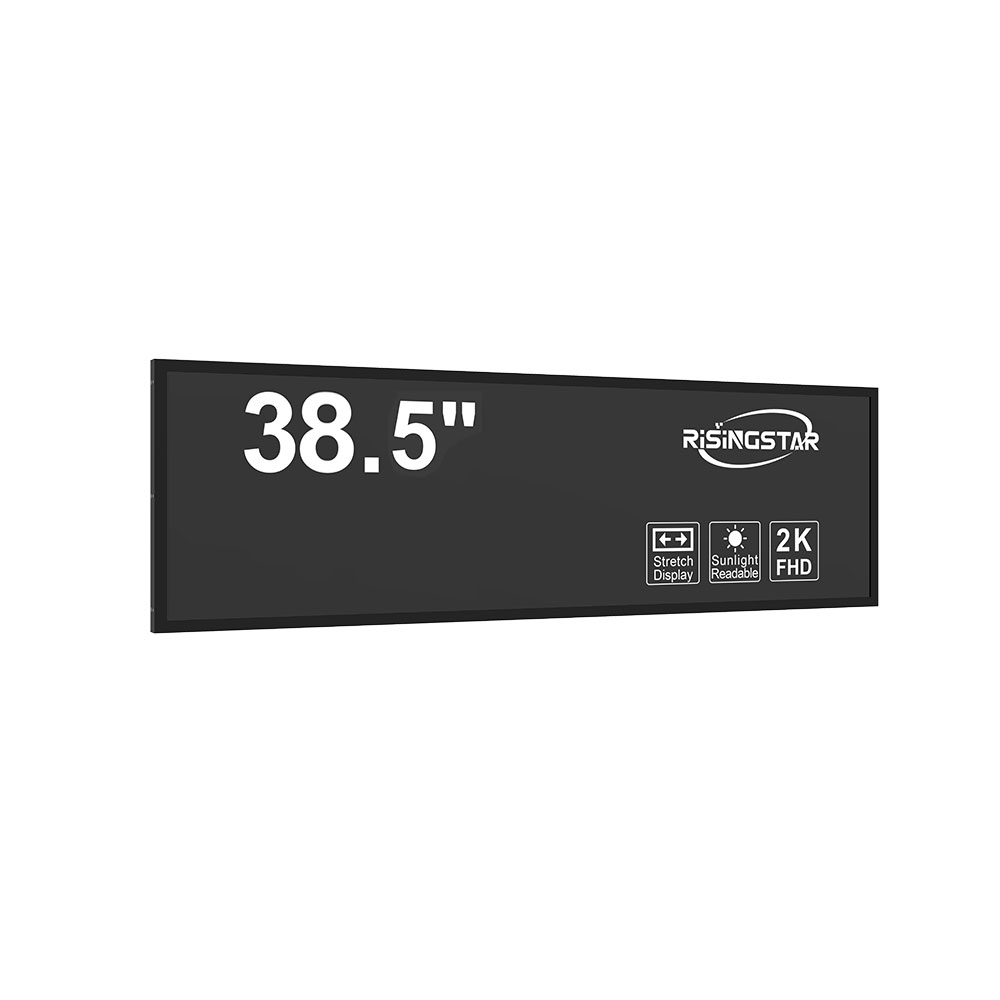- Home
- About Us
- Products
- News
- Video
- Contact
- Send Inquiry
Search
- Home
- About Us
- Products
- News
- Video
- Contact
- Send Inquiry

Outdoor LCD displays have become essential tools across industries—from digital signage in retail and transportation hubs to real-time monitoring in construction and public safety. To ensure long-term performance, it's crucial to understand not only the technical specifications but also practical applications, maintenance strategies, and emerging trends.
Practical Applications
Modern outdoor LCD screens are widely deployed in environments like airport departure boards, bus stop information systems, and smart city kiosks. In retail, they drive customer engagement with dynamic promotions; in industrial settings, they provide live data from machinery or environmental sensors. The key is selecting a display rated for high brightness (at least 5,000 nits) and IP65 or higher enclosure protection to withstand dust, rain, and temperature extremes.
Advantages Over Indoor Alternatives

Unlike indoor displays, outdoor LCDs use advanced anti-glare coatings, wide viewing angles (up to 178°), and optimized LED backlights for visibility under direct sunlight. They often feature automatic brightness adjustment based on ambient light—reducing energy consumption while maintaining clarity. These features make them ideal for 24/7 operation in unpredictable weather conditions.
Common Problems and Solutions

One frequent issue is screen burn-in caused by static content displayed over extended periods. To mitigate this, manufacturers now offer pixel-shifting algorithms and scheduled content rotation. Another challenge is thermal management: excessive heat can degrade panel lifespan. Proper ventilation design, active cooling fans, and thermal sensors are critical. According to a 2023 study by the Society for Information Display (SID), well-maintained outdoor displays last 6–8 years versus 3–4 years without proper care.
Latest Trends
The industry is moving toward modular, easily serviceable designs that reduce downtime. Newer models integrate AI-driven content optimization—adjusting brightness, contrast, and even message relevance based on time of day or foot traffic. Additionally, 5G-enabled outdoor displays are gaining traction, allowing remote diagnostics and firmware updates without on-site technicians.
By aligning technical selection criteria with real-world usage patterns and proactive maintenance, organizations can maximize return on investment while ensuring reliable, clear communication in any environment.